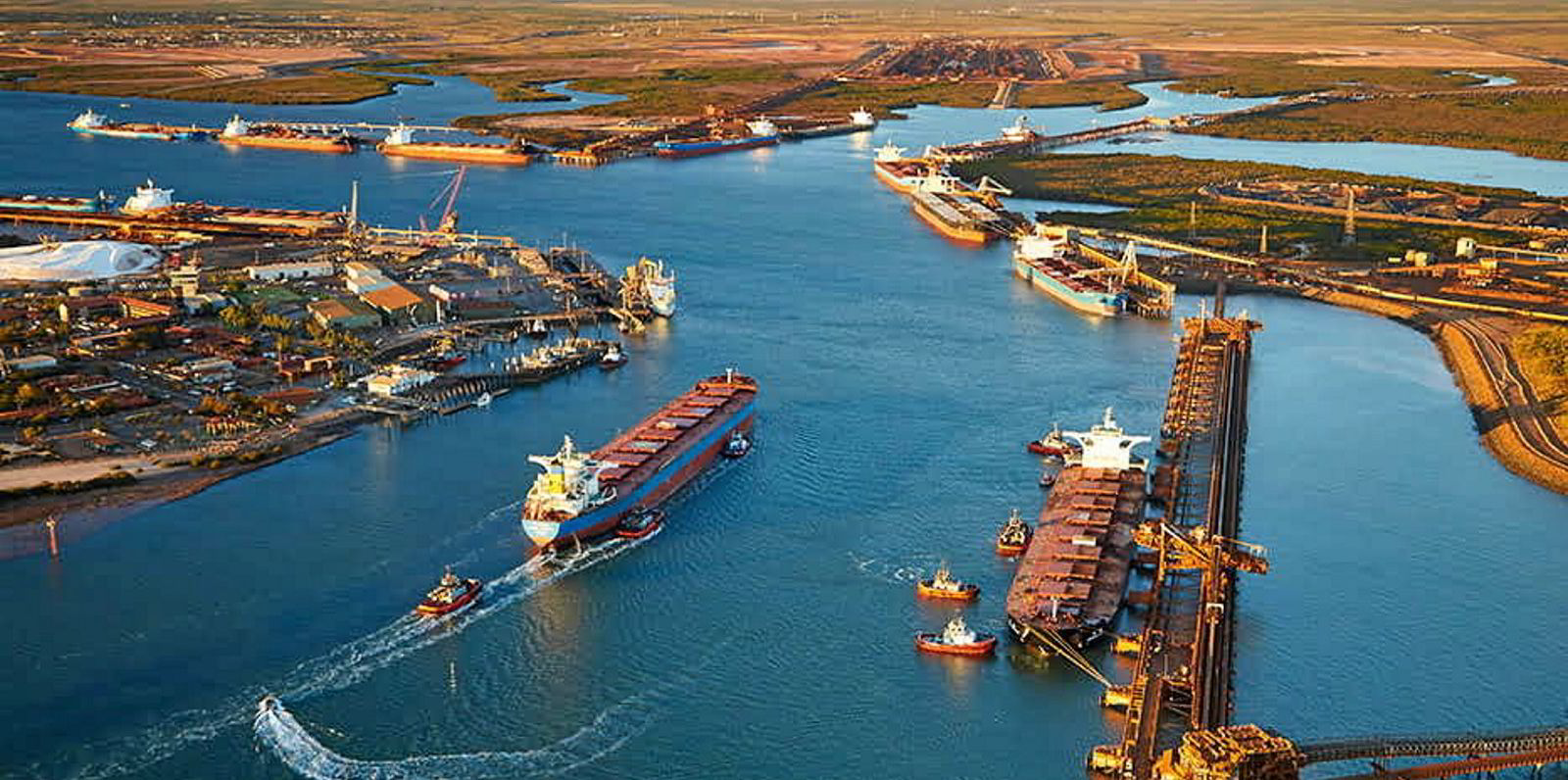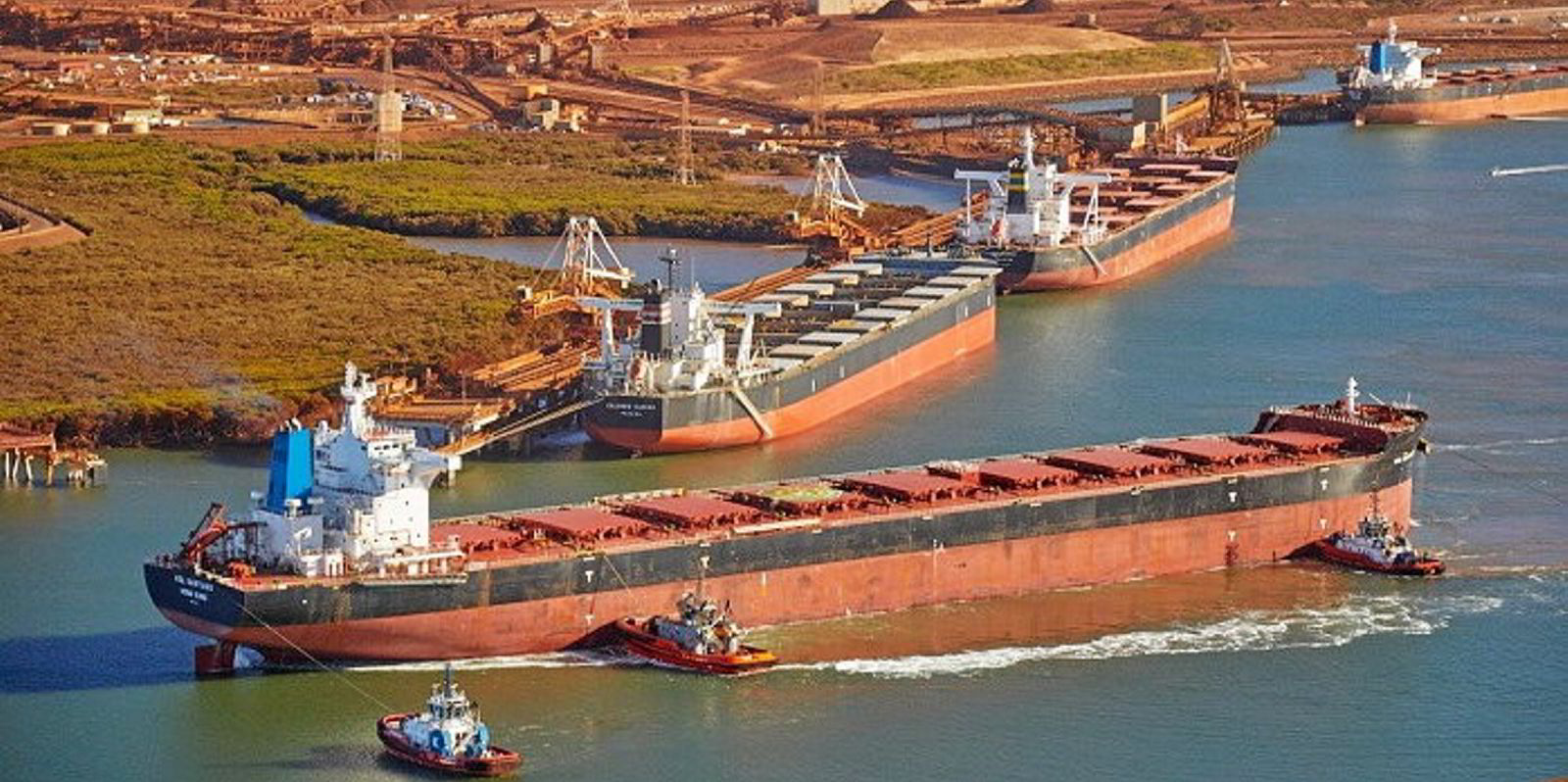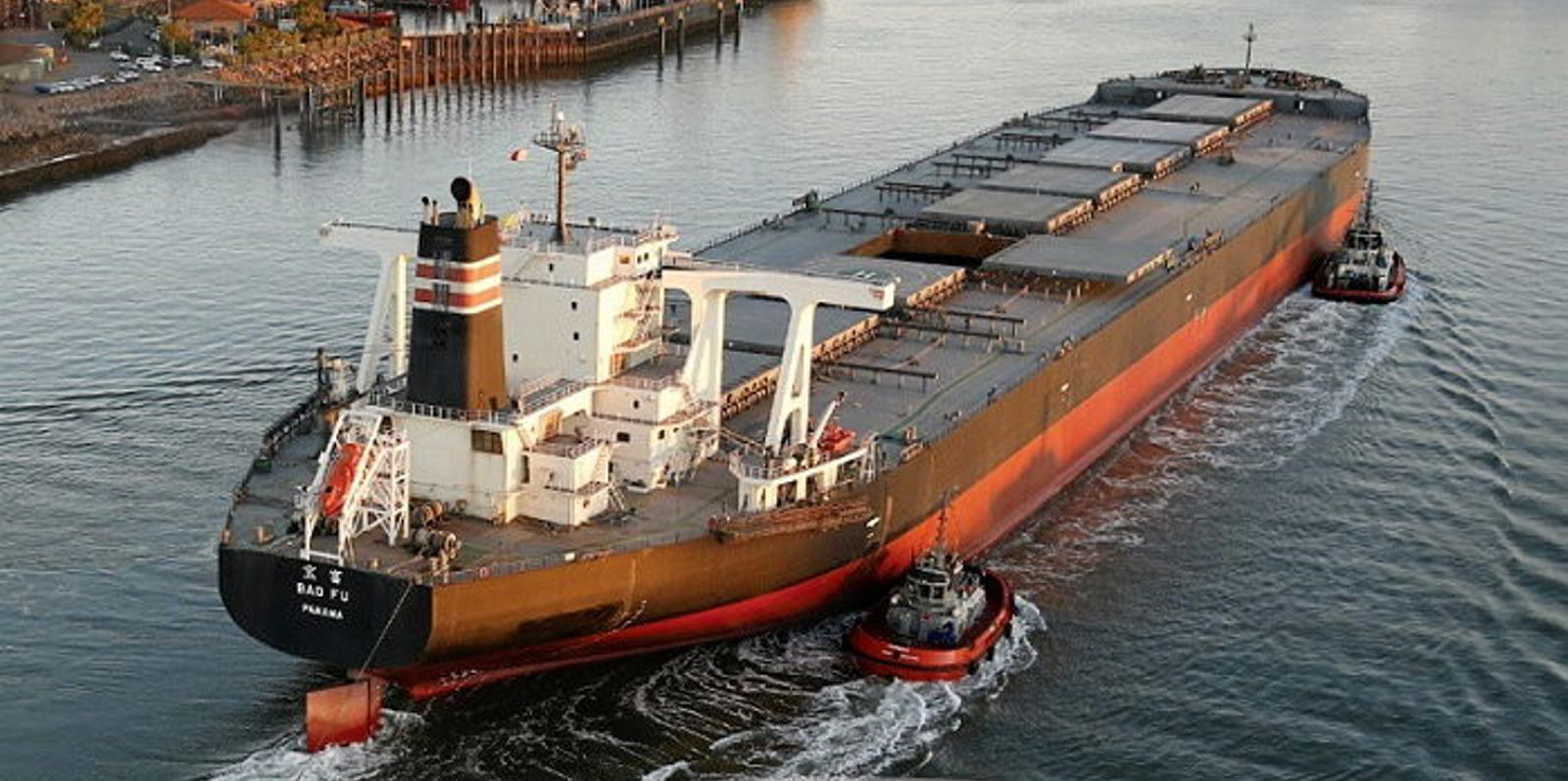Australia’s Pilbara Ports Authority (PPA) is eyeing Australia’s fledgling offshore wind sector as it looks to diversify trade flows currently dominated by iron ore shipments.
PPA chief executive Roger Johnston said PPA was “progressing several major infrastructure projects to diversify trade” and to ensure the authority was “well positioned to meet port proponent growth aspirations”.
“We expect to see significant growth in emerging markets, particularly with growing demand to import renewable energy infrastructure, including wind turbines and blades, as well as creating new export pathways for critical minerals and rare earths,” Johnston said.
Australia’s offshore wind market is still in a very early stage of development, with the government passing the Offshore Electricity Infrastructure Bill in November 2021, which is a key step to realise offshore wind projects in the country.
“Various developers have proposed offshore wind projects in the country, but they are still in the concept/pre-FEED stage of development,” Anubhav Venkatesh, analyst offshore wind at Rystad Energy told TradeWinds.
“The 2 GW+ Star of the South project is the most advanced offshore wind project in the country and is expected to become fully operational towards the end of the decade.
“As such, investments in the Australian offshore wind industry will mainly begin from 2026/27 onwards,” Venkatesh added.
Johnson said there is also a need to develop a general cargo berth at Lumsden Point to alleviate pressure on existing general cargo berths, with the ultimate development also supporting emerging markets such as battery metals and the growth of direct shipping services to the Pilbara.
“The Port of Dampier is also set to expand, with the construction of a new multi-user wharf to support the proposed $4.3bn project that will open access to a world-wide market for urea, as well as create regional jobs,” he said.
“Our long-term planning also includes exploring import and export opportunities at the Port of Ashburton and planning for five greenfield ports.”
PPA has just reported record annual throughput handling a total of 733.1m tonnes in the 2021-22 financial year, a year-on-year increase of 1%.
The authority has identified plans to grow iron ore exports to 660m tons per annum, which has been described as a “key priority”.
In the last financial year, more than 42% of global iron ore trade and almost 7% of global LNG trade passed through PPA ports. This was achieved with 17,000 vessel movements, an average of 35 vessels per day.
PPA was established on 1 July 2014, as a result of legislation to consolidating seven of Western Australia’s eight port authorities into four new regional port authorities.
The authority encompasses the: Port of Ashburton, Port of Dampier, Port of Port Hedland and the Port of Varanus Island.
It will also oversee the operation of five greenfield ports at Anketell, Balla Balla, Cape Preston East, Cape Preston West and Urala.





